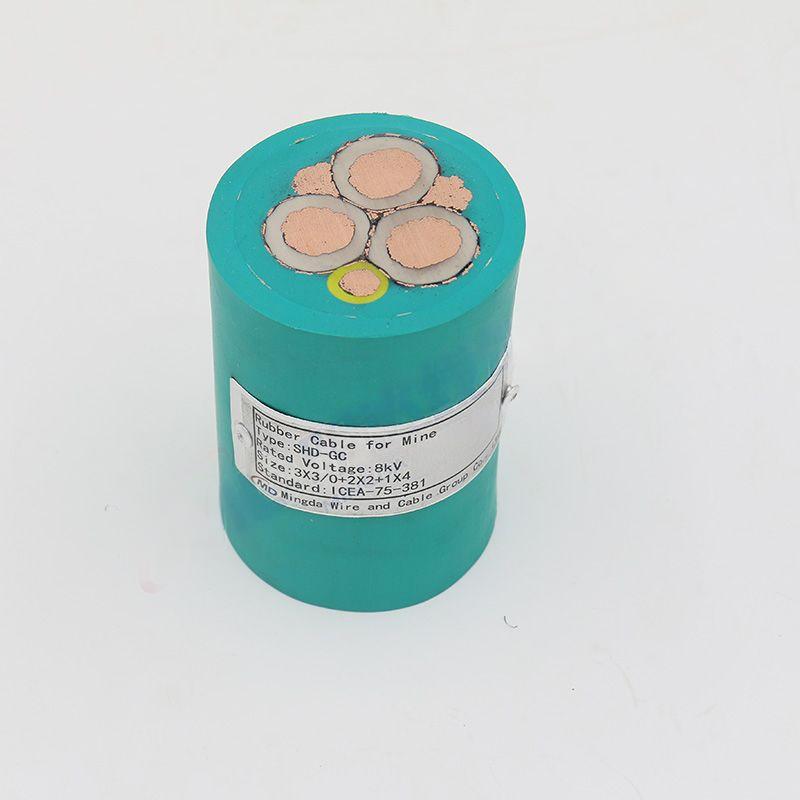Nov . 14, 2024 21:11 Back to list
two way air valve
Understanding Two-Way Air Valves A Comprehensive Overview
Two-way air valves are critical components in various industrial and commercial applications, facilitating the movement of air within systems that require controlled airflow. These valves are typically designed to either allow or block the passage of air, making them essential in a variety of settings, including HVAC systems, pneumatic circuits, and even in automotive applications. Understanding how these valves work, their types, benefits, and applications can greatly enhance their efficacy and safety in operational environments.
At its core, a two-way air valve either opens or closes to enable or restrict airflow. Unlike three-way valves, which can direct air flow in multiple paths, two-way valves simplify the process of control. They are usually characterized by two ports one for the inlet and one for the outlet. When the valve is open, air can flow freely from the inlet to the outlet; when closed, the flow is stopped completely. This binary function is central to many systems where precise control over air movement is necessary.
Types of Two-Way Air Valves
There are several types of two-way air valves, each suited for different applications. The most common include
1. Manual Two-Way Valves These require human intervention to operate, typically using a lever or a handwheel. They are often employed in systems where infrequent adjustments are required.
2. Electric Two-Way Valves These valves utilize electric actuators to open or close the valve based on signals from a control system. This type is ideal for automated systems, increasing efficiency and responsiveness.
3. Pneumatic Two-Way Valves Similar to electric valves but operated by compressed air, these are commonly found in pneumatic systems, allowing for quick and precise air control.
4. Solenoid Valves A subtype of electric valves, solenoid valves have a coil that, when energized, pulls a plunger to open or close the valve. Their speed and reliability make them popular in many automated systems.
Benefits of Two-Way Air Valves
Two-way air valves offer numerous benefits, which include
two way air valve

- Simplicity Their straightforward operation facilitates easy installation and maintenance. - Efficiency By controlling airflow effectively, they can optimize energy use in pneumatic and HVAC systems, leading to decreased operational costs.
- Versatility These valves can be used in diverse applications, from simple home HVAC systems to complex industrial processes, making them adaptable to different requirements.
- Safety In systems where air pressure is crucial, two-way air valves can prevent backflow and overpressure situations, enhancing safety for both equipment and personnel
.Applications of Two-Way Air Valves
The applications of two-way air valves are vast and varied, including
- HVAC Systems In heating, ventilation, and air conditioning systems, two-way valves help regulate airflow, ensuring comfortable indoor environments.
- Pneumatic Controls In manufacturing and automation, they manage the flow of compressed air that powers pneumatic tools and equipment.
- Automotive Industries Two-way air valves are integrated into various systems, including emission control and air intake systems, contributing to vehicle efficiency and performance.
- Process Industries Used in chemical plants, food and beverage processing, and water treatment systems, these valves maintain the desired air balance crucial to product quality and safety.
Conclusion
In summary, two-way air valves are indispensable components that play a vital role in effectively managing air flow in many applications. Their simple design, coupled with the advantages they offer, such as efficiency and safety, makes them a preferred choice across numerous industries. Understanding their functionality, types, and applications can empower professionals to make informed decisions, ultimately enhancing system performance and reliability. As technology continues to advance, the role of two-way air valves in ensuring efficient airflow and energy management will undoubtedly expand, further solidifying their importance in modern engineering and industrial processes.
Share
-
Reliable Wafer Type Butterfly Valves for Every IndustryNewsJul.25,2025
-
Reliable Flow Control Begins with the Right Ball Check ValveNewsJul.25,2025
-
Precision Flow Control Starts with Quality ValvesNewsJul.25,2025
-
Industrial Flow Control ReliabilityNewsJul.25,2025
-
Engineered for Efficiency Gate Valves That Power Industrial PerformanceNewsJul.25,2025
-
Empowering Infrastructure Through Quality ManufacturingNewsJul.25,2025